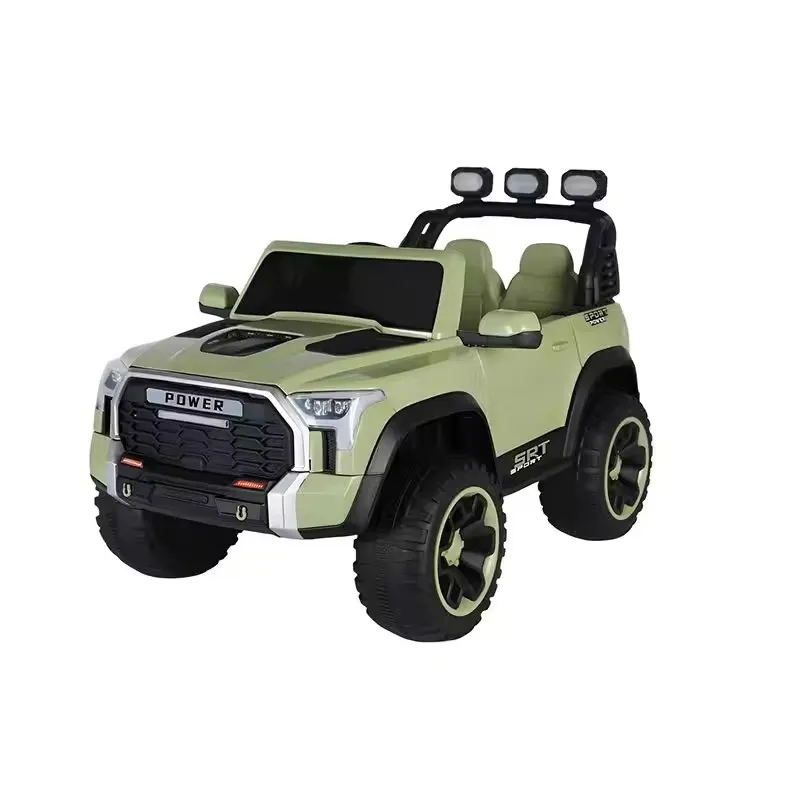Ensuring Your Baby's Safety with Walker Usage and Guidelines
Ensuring Safety First The Importance of Baby Walkers
When it comes to the early stages of a child's development, safety is always the top priority. Baby walkers are popular tools for parents who want to help their little ones learn to walk while providing them with some level of independence. However, the safety of these devices has been a topic of much discussion. In this article, we will explore the benefits of baby walkers, the safety concerns associated with them, and how to use them responsibly for your child's well-being.
Understanding Baby Walkers
Baby walkers are designed to support infants as they begin to explore their surroundings on two legs. These devices typically come in the form of a seated frame with wheels that allows babies to move around while being supported. They can help strengthen a baby’s legs, encourage mobility, and give them a sense of freedom. For many parents, the allure of a baby walker lies in the fact that it can entertain their child while allowing them to be more mobile, which can be beneficial for both the child and the caregiver.
Safety Concerns
Despite their advantages, baby walkers have been associated with several safety hazards. One of the chief concerns is that walkers can enable babies to reach areas that may pose dangers, such as stairs, hot stoves, or sharp objects. According to the American Academy of Pediatrics (AAP), thousands of children are treated in emergency rooms each year for injuries related to baby walkers. Many of these incidents occur when a child tumbles down stairs or collides with furniture or other hazards.
Another consideration is the fact that baby walkers may prolong the time it takes for a child to learn to walk independently. Some studies suggest that reliance on walkers can impact a child’s natural development, potentially leading to delays in walking or other motor skills.
Using Baby Walkers Responsibly
baby walker safety first

If parents choose to use a baby walker, it is crucial to take steps to ensure safety first
. Here are some tips that can help create a safer environment for your child1. Supervise at All Times Never leave your child unattended in a walker. Adult supervision is essential to prevent accidents and injuries.
2. Choose a Safe Location Only use the walker on flat, even surfaces. Avoid using it near stairs or in areas with sharp objects that a baby could bump into.
3. Check for Safety Features Look for baby walkers that have safety features, such as a height adjustment and a wide base that makes it less likely to tip over.
4. Limit Walker Use Consider using the walker for short periods only. Encourage your child to engage in other activities that promote crawling, standing, and walking.
5. Childproof Your Home Ensure that areas where the walker will be used are free of hazards. This includes securing furniture, gating off stairs, and removing sharp objects from low tables.
Conclusion
In conclusion, baby walkers can be a fun and engaging way for children to explore their growing mobility. However, parents must prioritize safety first when considering their use. By understanding the potential risks and implementing strategies to minimize them, caregivers can create a safer environment that promotes healthy development. Always remember that each child develops at their own pace, and providing supportive and safe opportunities for exploration will always yield the best outcomes. Whether it’s through baby walkers or other developmental tools, ensuring your child’s safety during these formative years is the most important step you can take as a parent.
-
Kids battery power car baby four-wheel off-road vehicle children electric toy carNewsMar.07,2025
-
New Hot Design Factory Wholesale Light Weight Small Folding Size Baby StrollerNewsMar.07,2025
-
2022 newest factory boys and girls powerful battery operated 4-wheel ride on electric carNewsMar.07,2025
-
2022 newest factory boys and girls powerful battery operated 4-wheel ride on electric carNewsMar.07,2025
-
Kids battery power car baby four-wheel off-road vehicle children electric toy carNewsMar.07,2025
-
toddler electric atvs manufacturerNewsMar.07,2025
